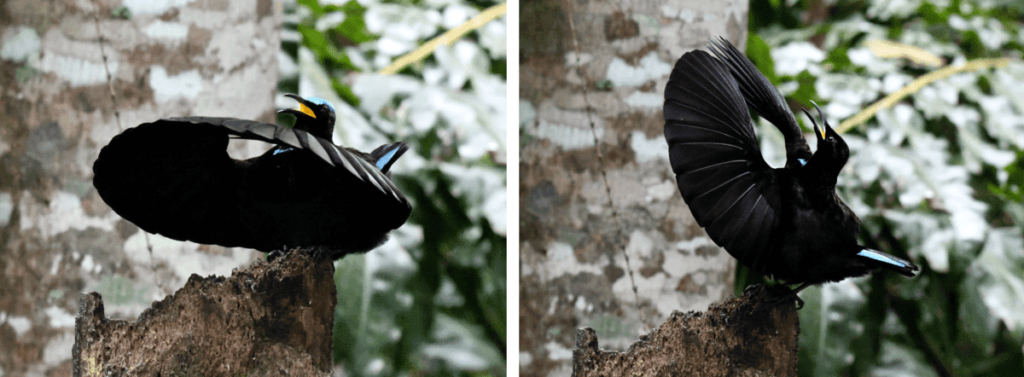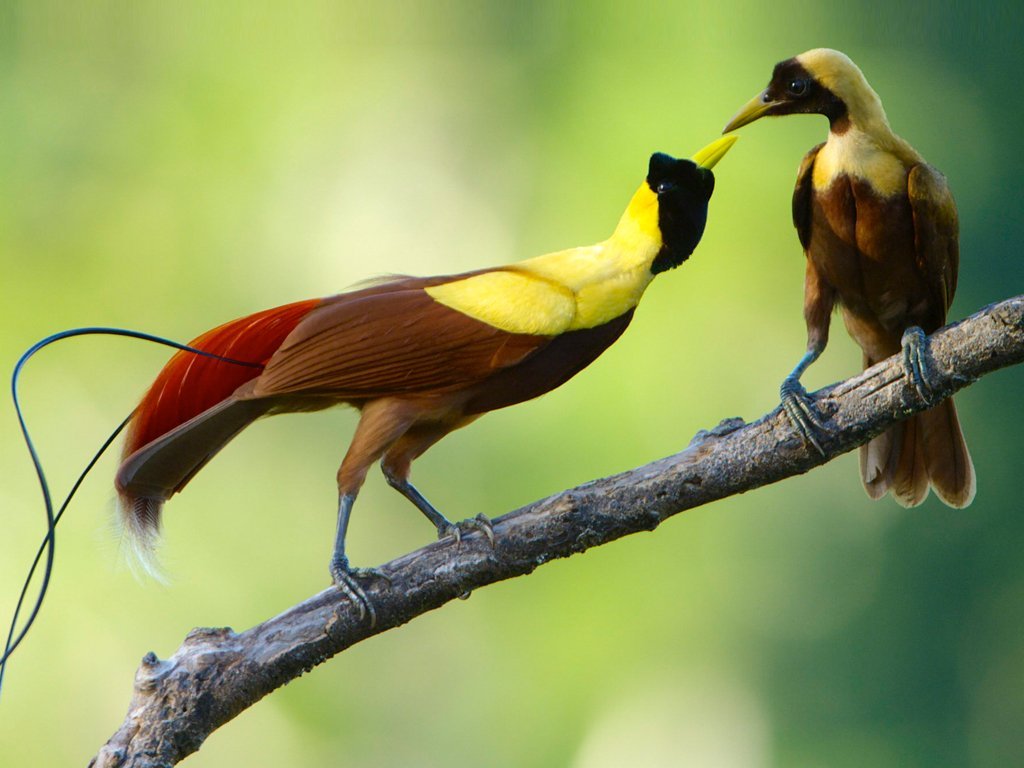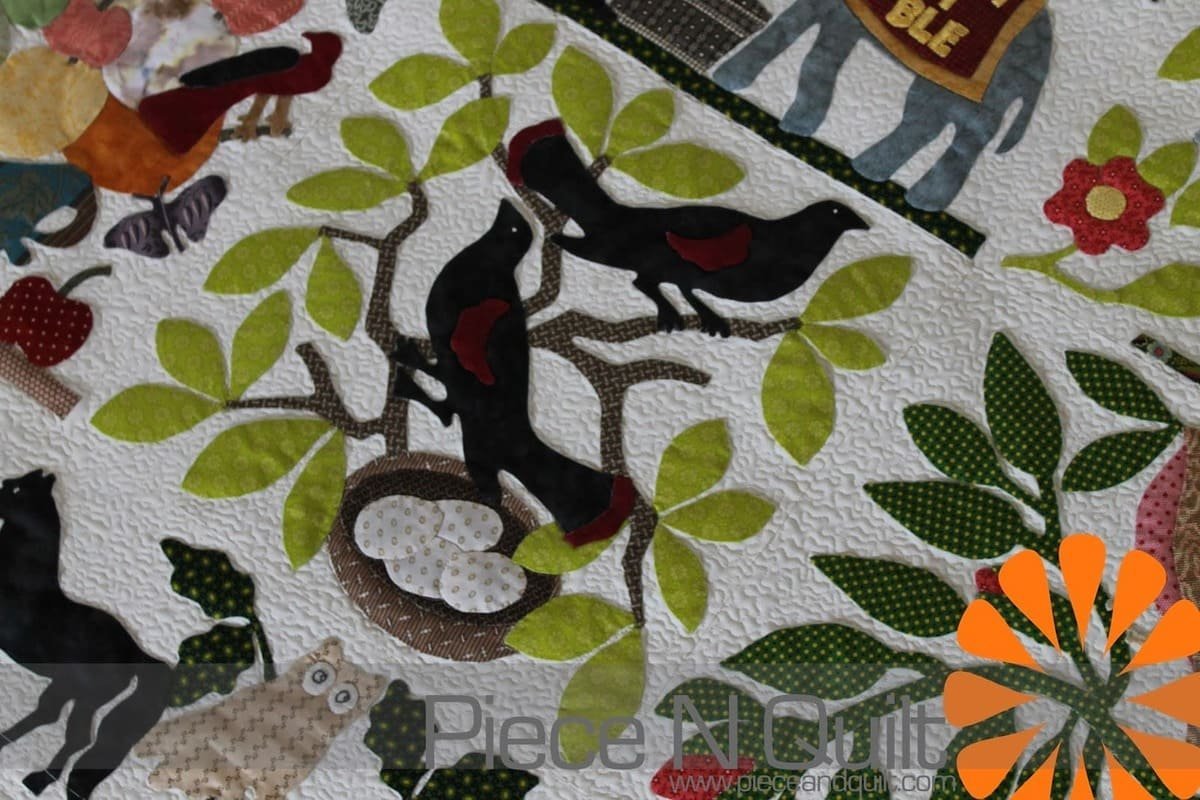Birds of paradise are known not only for their stunning plumage and captivating vocalizations but also for their extraordinary reproductive behaviors. Native to the tropical forests of New Guinea and surrounding islands, these birds have developed complex courtship rituals and parenting strategies that are crucial for the survival of their species. The reproduction of birds of paradise is a fascinating spectacle that combines impressive visual displays with intricate social behaviors.
In this article, we will explore the different aspects of the reproduction of birds of paradise, including courtship rituals, nest construction, and parental care. We will examine how these behaviors contribute to reproductive success and the survival of these remarkable birds.

Summary
Courtship Rituals
Courtship Displays
The courtship rituals of birds of paradise are true spectacles of nature:
- Dance and Display: Males perform elaborate dances and displays to attract females. These performances can include exaggerated movements, jumps, and the display of their colorful feathers.
- Vocalizations: During displays, males also emit specific vocalizations that complement their dances. The songs can vary between species and are essential for communicating their presence and health.
Sexual Selection
Sexual selection plays a crucial role in the reproduction of birds of paradise:
- Female Preference: Females typically choose males based on the quality of their displays. Males with more vibrant plumage and more impressive dancing skills are more likely to be selected.
- Male Competition: Males compete with each other to stand out, leading to the evolution of increasingly elaborate traits. This results in an incredible diversity of courtship behaviors among different species.
Nest Construction
Nest Location
The choice of nest location is an important aspect of reproduction:
- Safe Environment: Females select sites that offer protection from predators and adverse weather conditions. Nests are usually built in high, well-camouflaged locations.
- Building Materials: Females gather materials such as leaves, twigs, and moss to construct their nests. The choice of materials may vary based on availability in the habitat.
Nest Structure
The nests of birds of paradise are designed to accommodate their eggs and chicks:
- Shape and Size: Nests can vary in shape and size depending on the species. Some are simple, while others are more elaborate and well-structured.
- Camouflage: Camouflage is an essential characteristic of nests, helping to protect the eggs and chicks from predators. Females typically choose locations that blend into the environment.
Parental Care
Female Responsibility
In birds of paradise, females play a crucial role in parental care:

- Incubation of Eggs: After laying the eggs, the female takes on the responsibility of incubating them. The incubation period can vary between species, usually lasting from 14 to 20 days.
- Feeding the Chicks: After hatching, the female continues to care for the chicks, feeding them insects and fruits. Maternal care is vital for the healthy development of the young.
Male Role
While males are not directly responsible for incubation, they play an important role:
- Territory Defense: Males often defend the territory around the nest against intruders and predators, ensuring the safety of the female and chicks.
- Attracting Females: Males that demonstrate strong courtship and territorial defense skills can attract more females, increasing their chances of successful reproduction in future seasons.
Reproductive Challenges
Habitat Threats
Birds of paradise face several reproductive challenges in their habitats:
- Deforestation: The destruction of tropical forests due to human activity affects the availability of suitable nesting sites and food sources.
- Climate Change: Climate changes can impact reproductive cycles and food availability, affecting the survival of chicks.
Importance of Conservation
Protecting birds of paradise and their habitats is essential for ensuring the continuity of their reproductive practices:
- Habitat Preservation: Conservation initiatives aimed at protecting tropical forests are crucial for the survival of these birds and the maintenance of their reproductive diversity.
- Education and Research: Ongoing research on the reproductive behaviors of birds of paradise can help inform conservation strategies and raise awareness about the importance of these birds.
Conclusion
The reproduction of birds of paradise is a fascinating process that combines elaborate rituals, nest construction, and dedicated parental care. These behaviors are fundamental to the survival and reproductive success of these extraordinary birds. As we continue to study and understand the complexities of the reproduction of birds of paradise, it becomes increasingly important to recognize the need for conservation efforts to protect their habitats and ensure that future generations can appreciate these wonders of nature.
By valuing the reproduction of birds of paradise, we can gain a deeper understanding of the interactions between species and their environments, highlighting the importance of preserving biodiversity on our planet.


